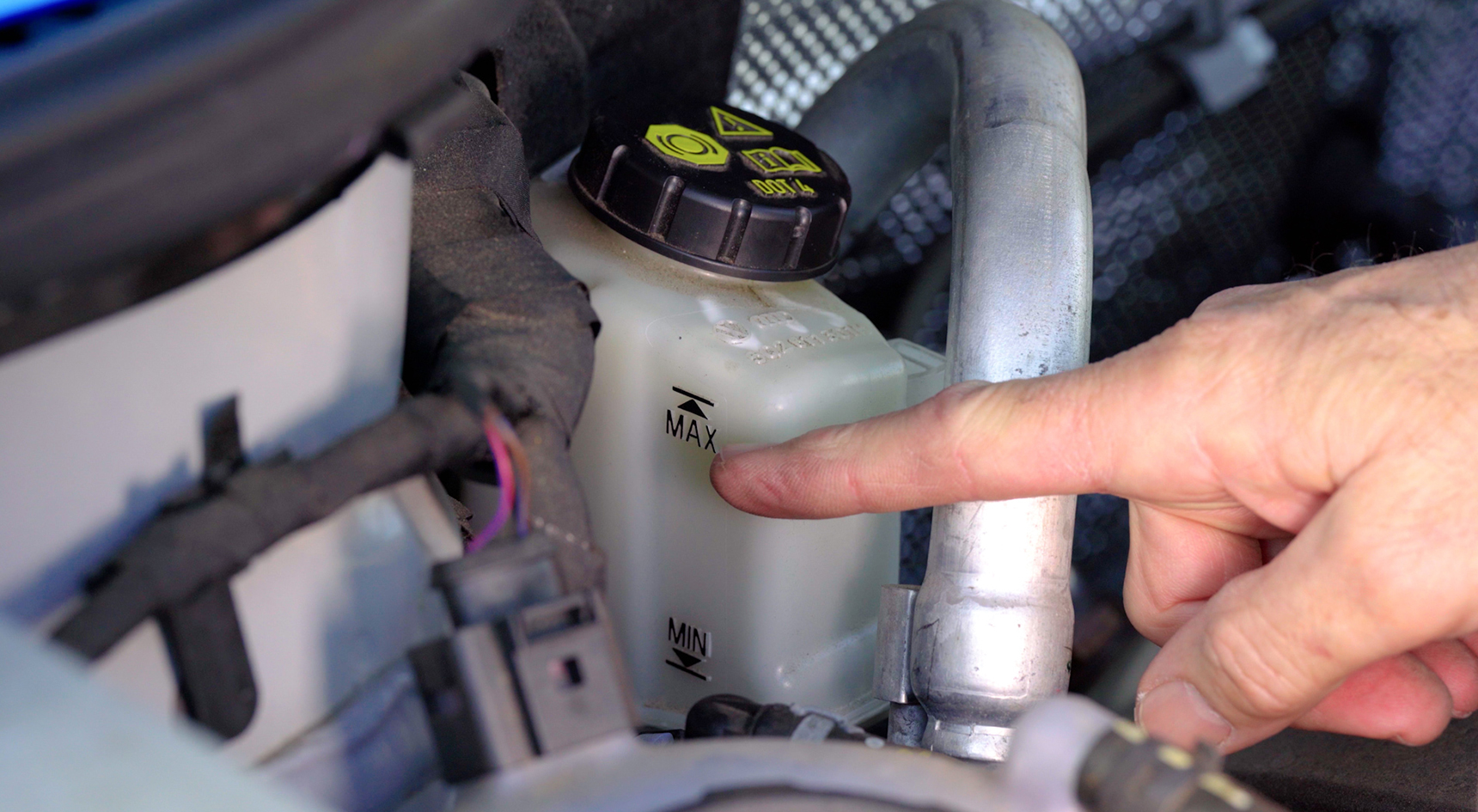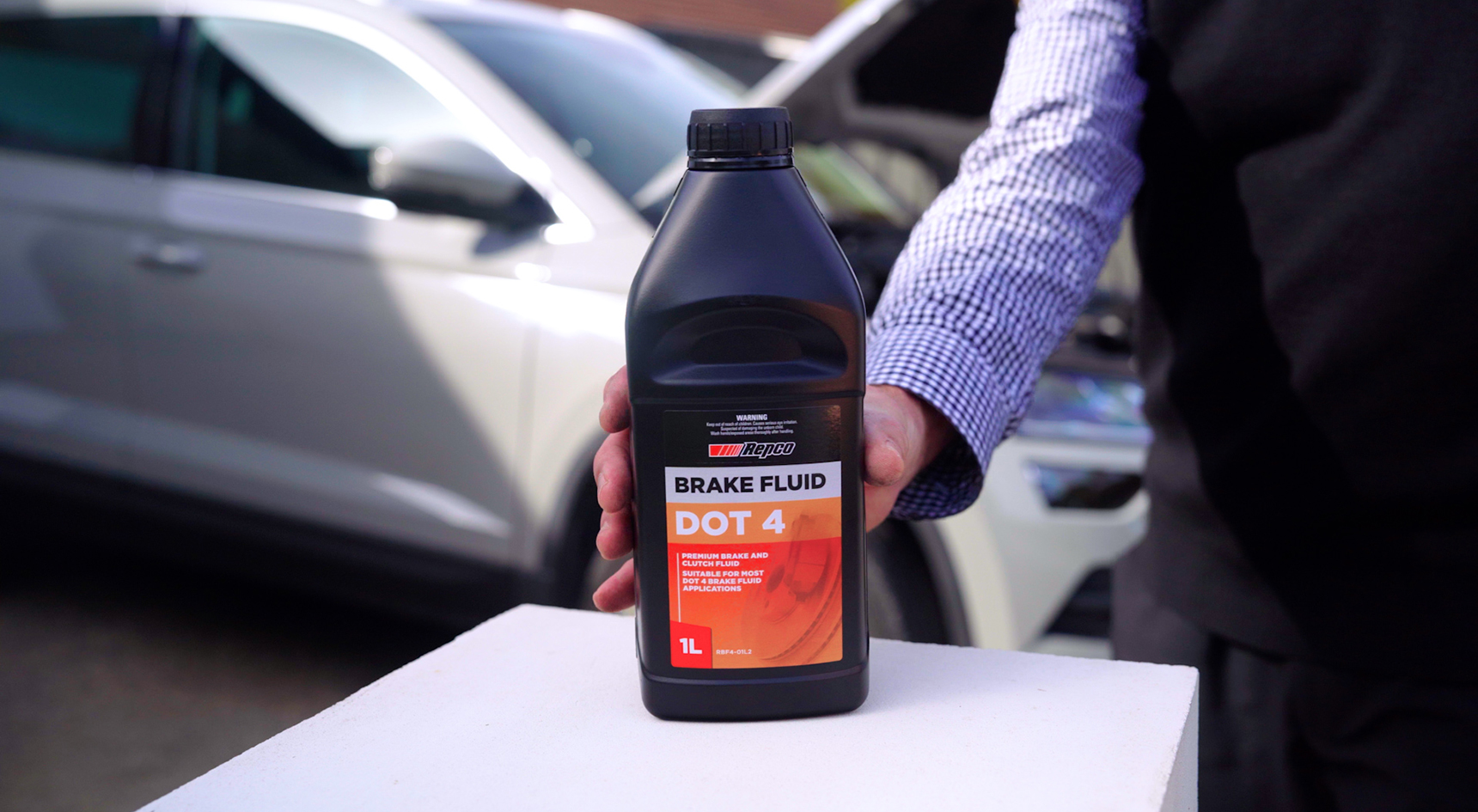By Andrew Rasch
Published: Tuesday, August 22, 2023
When it comes to car troubles, not all problems are equal. Patchy Bluetooth? You’ll get by. Seat warmer on the fritz? It’ll be okay.
Low brake fluid or none at all? That’s dangerous. If you’ve never checked your brake fluid, or you’re unsure how, we have you covered.
1. Find the brake fluid
Your car’s brake fluid sits in a transparent plastic reservoir, which is mounted high within the engine bay towards the rear and under the bonnet.
If you look down from your windscreen wipers, you should find the black or yellow-capped reservoir on the driver’s side. On the reservoir, you’ll see maximum and minimum lines – your brake fluid level should sit between those.
A simple way to check the level is to give the reservoir a gentle shake and watch the fluid move around inside. After it settles down again you should be able to see how much is in the reservoir.
2. Fluid levels and brake performance
As brake pads and linings wear down, the brake fluid level can drop over time. This is usually no cause for concern and a top-up when your car is serviced is all that’s needed.
If you notice a sudden drop in the fluid level or an empty reservoir, there’s a serious problem. There could be a leak from a wheel cylinder, disc calliper, brake hose or the brake master cylinder.

3. Unsafe brake fluid levels
If your brake fluid level is lower than the minimum line, or the reservoir is empty, don’t drive the vehicle.
There may not be enough fluid in the hydraulic system to operate the brakes properly, putting you and other road users in danger. Instead, contact an RAA Approved Repairer for advice.

4. Top up
Brake fluid is a specific type of hydraulic liquid, so never substitute it with anything else. If you need to top up the reservoir, check your owner’s manual or ask a representative at your auto accessories store for advice about selecting the right fluid for your car.
Brake fluid can strip paintwork, so take care when using it and rinse off any spills straight away.

5. Car servicing
Brake fluid absorbs moisture easily, so it’s important to have it changed regularly (usually every two to three years). If the brake fluid absorbs too much moisture, it won’t cope with the high temperatures that friction causes in the wheel components.
The fluid can then vaporise and cause poor braking performance. Moisture in the fluid can also corrode the brake components and reduce their lifespan.